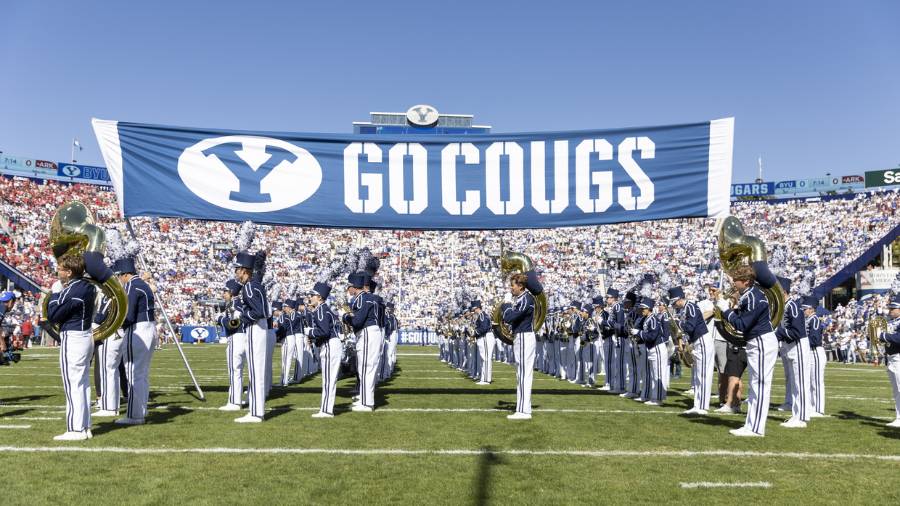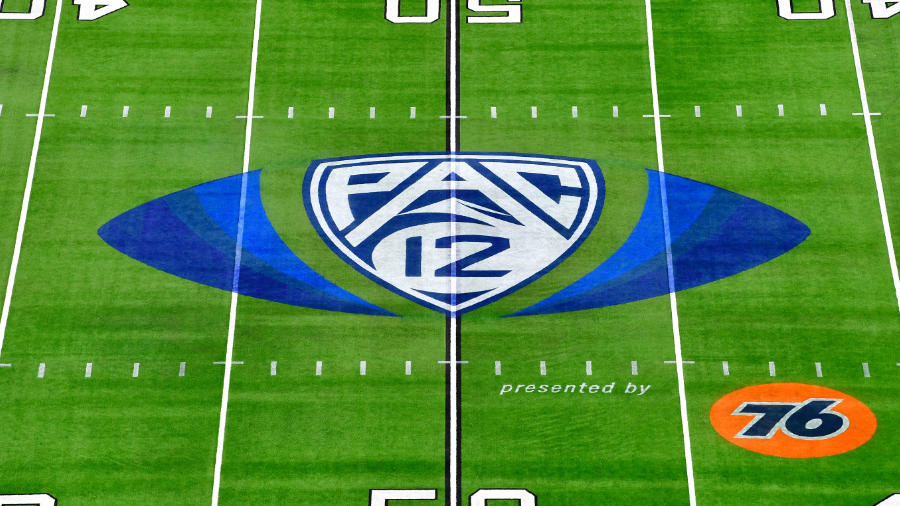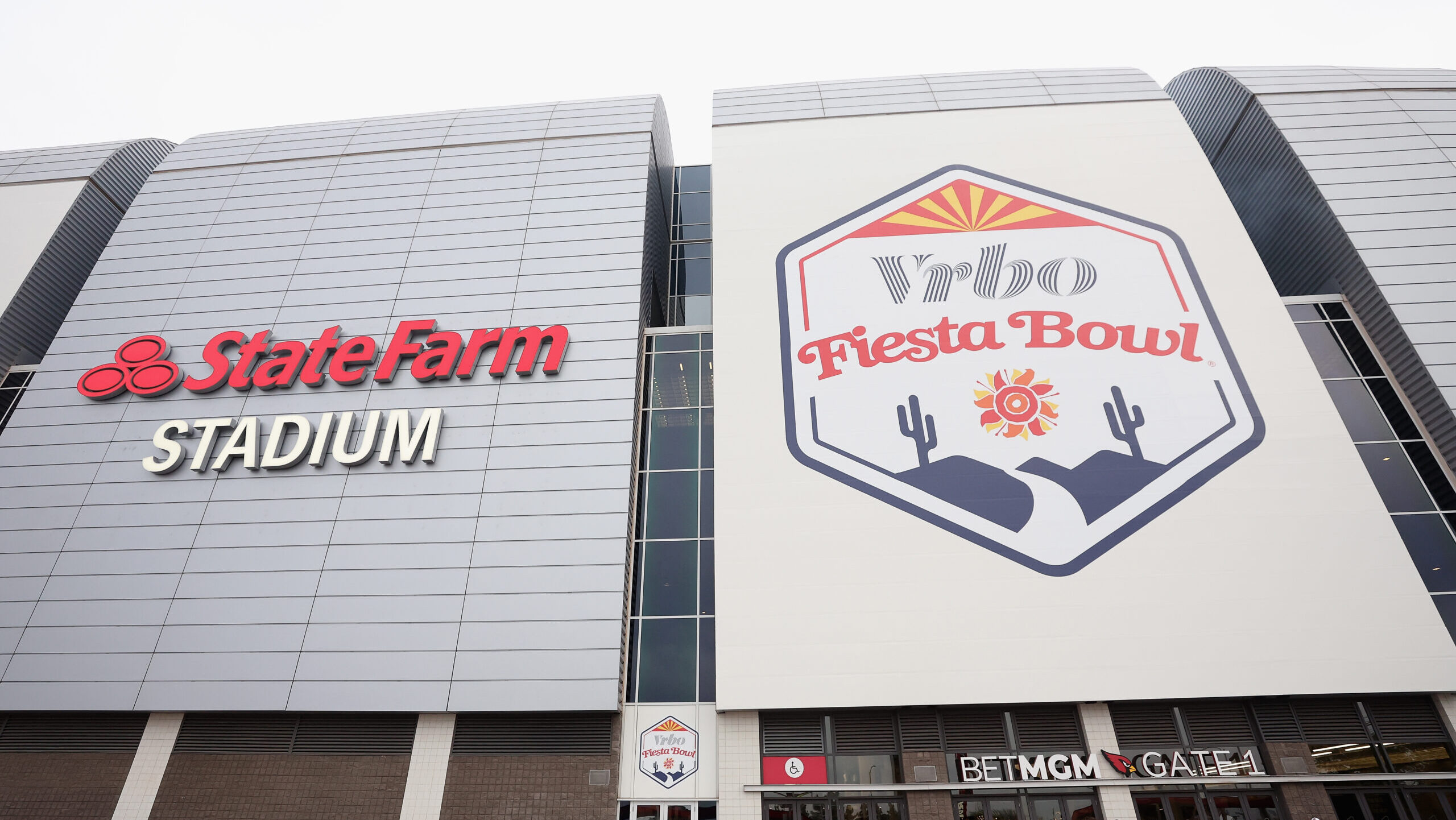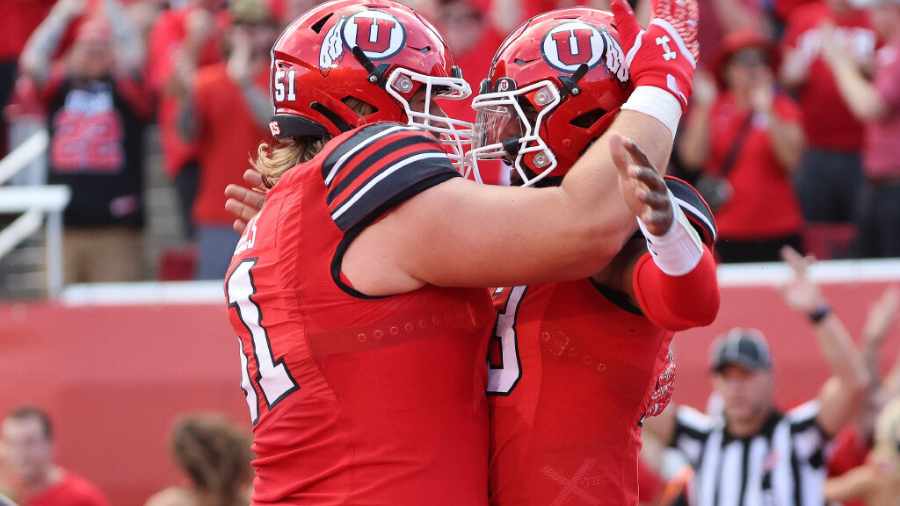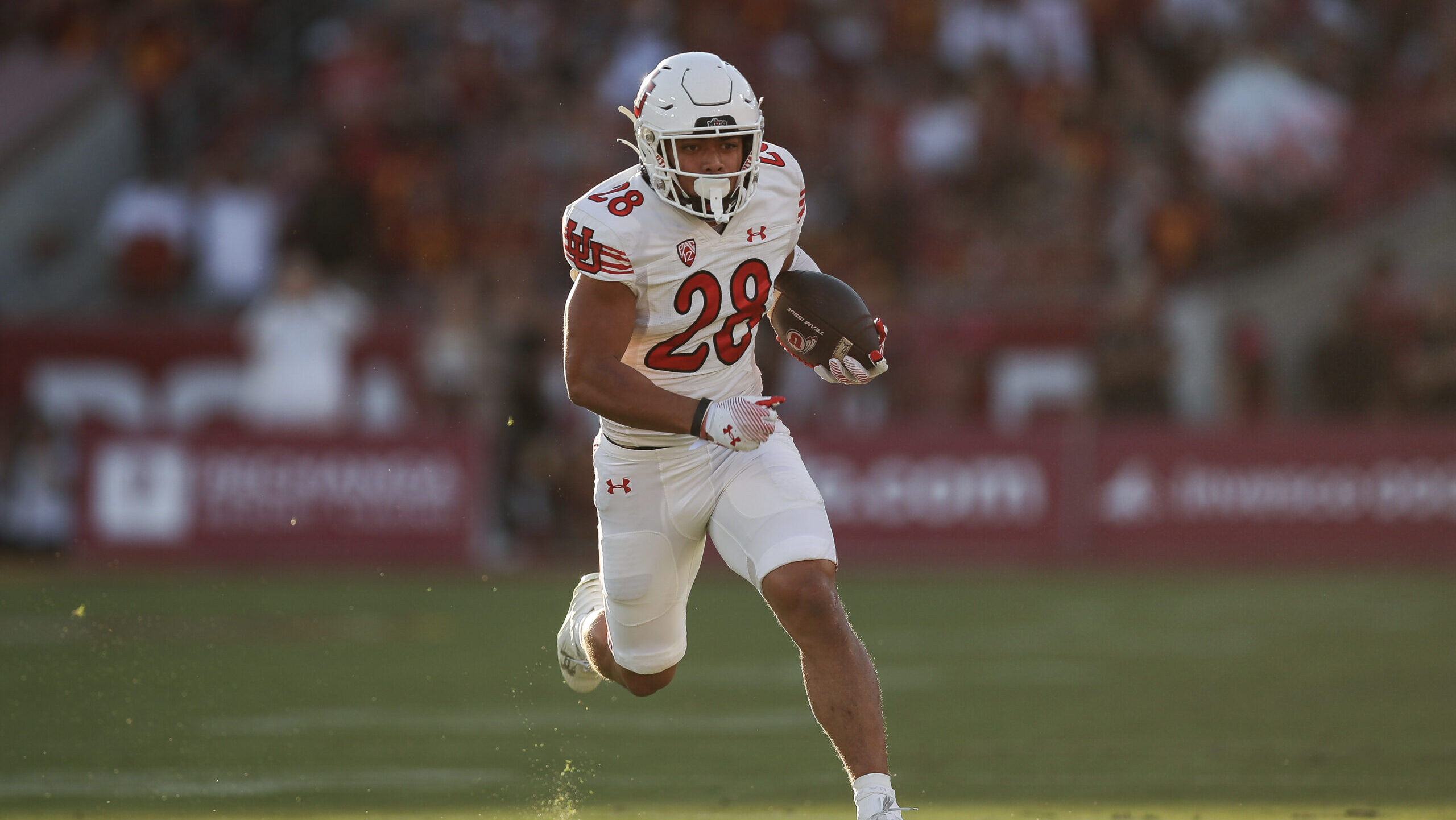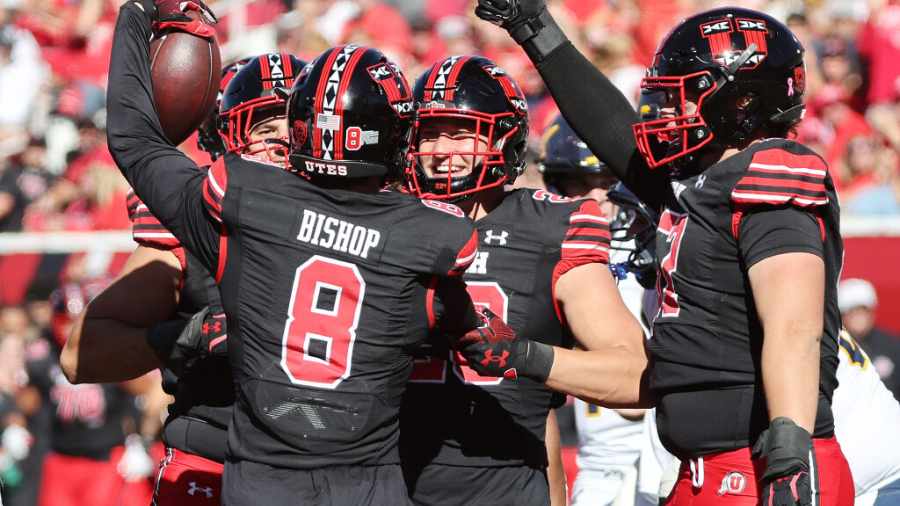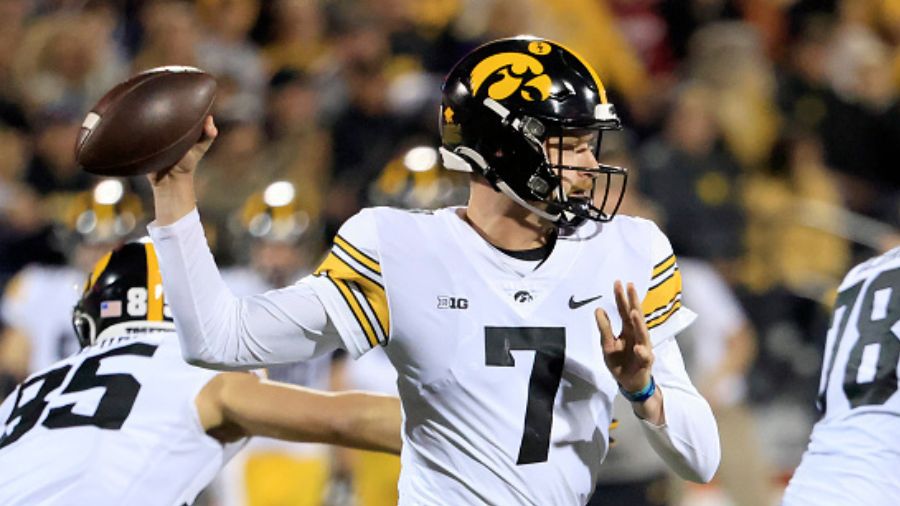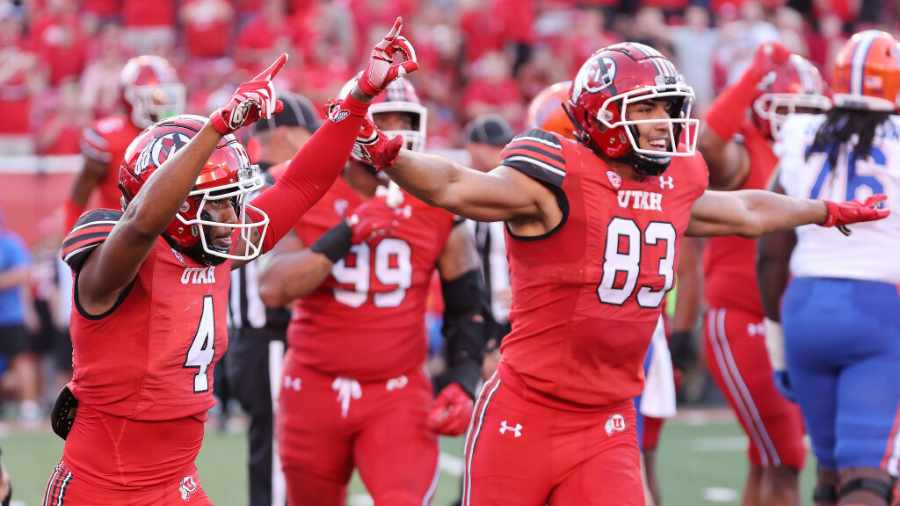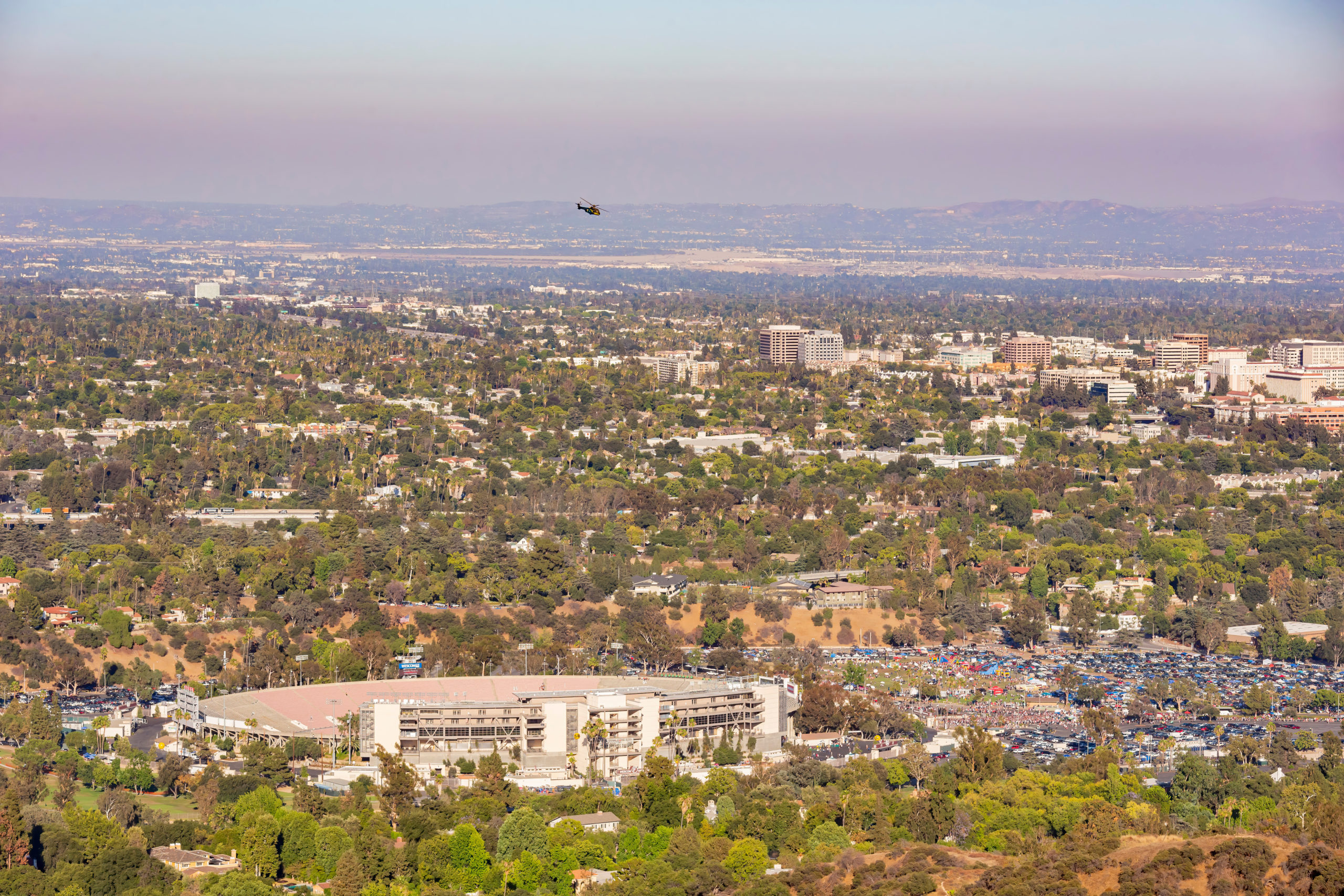Patrick Kinahan Explains Why San Diego State To Pac-12 Is ‘No-Brainer’
Feb 1, 2023, 10:03 AM | Updated: 10:08 am
SALT LAKE CITY – The ever-changing world of college football has shortchanged the Pac-12, which now is only one season away from losing its stronghold on the lucrative and fruitful Los Angeles market.
Last summer’s stunning announcement that USC and UCLA would bolt for the riches of the Big 10 in the summer of 2024 will leave the West Coast-based conference with only 10 teams, which might be a sustainable number and yet still problematic. The fact is, not having a presence in Southern California creates a gaping hole.
Potential Pac-12 Expansion
But like in real estate, when it comes to expansion, you know what they say – location, location, location. Two hours away by car, provided the freeway is devoid of stalled traffic, sits some of the most expensive property in the world.
San Diego State not only is near the entry point into the country from Mexico, the school also provides the Pac-12 a path back into the coveted Southern California area. Although not on par with the powerful USC and UCLA brands, adding San Diego State seems like a no-brainer on multiple levels.
The Aztecs athletic department will never draw the attention the two Los Angeles programs gobble up, but grabbing a smaller portion is better than conceding the entire plate to the Big 10. All the variables that define athletic success – primarily money and recruiting – demand the Pac-12’s reach in the nation’s most populous state extend beyond the Stanford campus, which is 35 miles south of San Francisco.
Dennis Dodd: "It looks very, very hopeful for San Diego State." https://t.co/jgapuIPdJm
— San Diego Sports 760 (@Sports760) January 29, 2023
For sure, no program not on par with the likes of Ohio State and Alabama can garner enough money from television contracts to offset losing the two defectors. Last August the Big 10 signed a seven-year deal that reportedly pays the conference between $7 billion and $8 billion running through the 2029-30 athletic calendar.
According to the Action Network, the 16 conference institutions will receive roughly $100 million per school annually starting in 2025. The Southeastern Conference, with all its football dominance, also can afford to live in the same neighborhood.
The ongoing negotiations for the Pac-12 won’t come close to reaping the same financial benefits as the nation’s two premiere football conferences. Accepting the disparity as fact, there is an argument to stay at 10 rather than divvy up the financial pie with more mouths to feed.
But San Diego State’s inclusion could bump up the Pac-12’s payout in the forthcoming television contracts. Adding Dallas-based Southern Methodist also could help the conference get more than $30 million annually per school from television, a figure that would compete with the newly expanded Big 12.
San Diego State Provides Recruiting Opportunity
Perhaps the most pressing reason to bring about SDSU centers on recruiting. The Pac-12 literally can’t afford not to have a strong presence in Southern California, which can produce upwards of 250 FBS players every year.
If the Pac-12 adds San Diego State, who should be the other team to join the Aztecs?
— KSL Sports (@kslsports) January 26, 2023
The Big 10 and SEC already raid the nation’s second-biggest market for talent, often luring the area’s best players. The starting quarterbacks from Ohio State and Alabama the last two years both came from high schools in the Los Angeles area.
SDSU is attractive from the football perspective, having raised $310 million for a 35,000-seat stadium that opened last season. The program, which beat eventual Pac-12 champion Utah in 2021, has played in 12 consecutive bowl games (not counting the shortened 2020 season) and won Mountain West championships in 2015-16.
“Pac-12 folks have been impressed with what we’ve done,” athletic director J.D. Wicker said in a CBS Sports story. “Commissioner George Kliavkoff said to invest in football. I made a $310 million investment.”
Pac-12 Conference Stability
Adding two schools also would stabilize the Pac-12 and possibly thwart any Big 12 plans to go west into the Pacific time zone, a move in which commissioner Brett Yormark has openly discussed. Yormark said last summer his conference is “open for business,” prompting speculation of further undercutting the Pac-12 by inviting multiple schools to join.
At his conference’s subsequent football media day, Kliavkoff quipped: “I appreciate that. We haven’t decided if we’re going shopping there yet or not.”
By George, that’s a funny line, but the Pac-12’s situation might not be a laughing matter if Yormark can entice legitimate interest. And don’t be surprised if the Big 10 looks west down the line to offset the brutal travel schedules facing UCLA and USC.
Want more of PK? Subscribe to the DJ & PK podcast feed or follow him on Twitter here.

